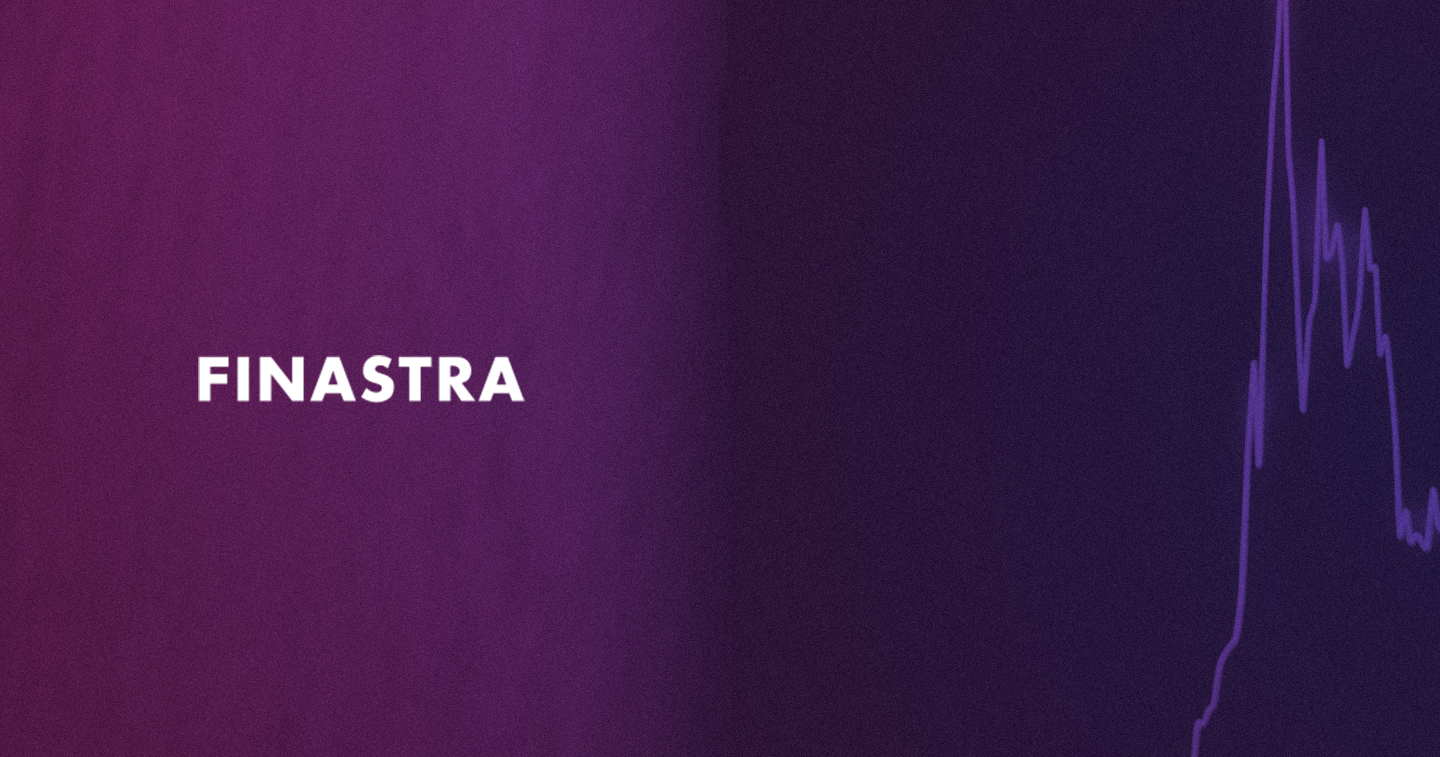MANILA, PHILIPPINES — Digital payments technology is disrupting financial services globally, with outsized potential for positive change in the Philippines. The innovation and progression opens vast opportunities for the innovators, but risks for banks, who are seeing a high-margin business being eroded at pace.
One of the key drivers of digital payment adoption in the Philippines has been a significant shift in consumer behaviour, but users have come to favour digital wallets for their superior user experience. Such digital payment methods have also enabled more consumers to have access to financial services, which is a major advantage in a country with such as high population of people who do not have access to even a bank account.
Although regulation is usually seen as a source of challenges, the Bangko Sentral ng Pilipinas (BSP) has also been a significant driver of development in digital financial services. PESONet and InstaPay are digital payment schemes launched in 2017-2018 under the National Retail Payment System by The Bangko Sentral ng Pilipinas (BSP). Their usage grew significantly during the pandemic as state-run pension disbursements, along with wider usage of electronic money (e-money) and Internet banking. The value of transactions under PESONet, which involves high-value transactions, grew by 47% year- on-year as of July to PHP 3.46 trillion. The value of InstaPay transactions during the same period likewise jumped by 37 percent year-on-year to PHP 1.91 trillion, with volume rising by 25 percent to more than 300 million.
BSP is also promoting payments digitalisation and financial inclusion under the Digital Payments Transformation Roadmap (DPTR) and the National Strategy for Financial Inclusion (NSFI). The DPTR pursues BSP’s twin goals of converting at least 50 percent of all retail payments into digital form and onboarding at least 70 percent of Filipino adults to the formal financial system by 2023.
In June 2021, BSP launched its Open Finance Framework, which detailed policies for portability, interoperability, and collaborative partnerships between BSP-supervised financial institutions and fintech players. This saw the entry of significant payment players like GCash and PayMaya. The industry also welcomed digital banks like Overseas Filipino Bank (acquired by Landbank), Tonik, and GOTyme Bank. In its report, Forging Pathways to a Cash-Lite Society, BSP noted that the volume of digital payments hit 20.1% of total average monthly payments; in 2019, it was 14%. Now the organisation is looking to achieve a 50% target by 2023 as part of its Digital Payments Transformation Roadmap.
Cross-border payments are also benefitting from new developments in the industry, which is particularly relevant for the Philippines as it has one of the world’s highest numbers of workers overseas. These workers contribute around 10% of GDP, which totalled $31.4 billion in 2021, but an additional $3.4 billion was paid in remittance fees. Now, countries are working in partnership to connect their real-time payment networks, which provide fast, low-cost payments domestically. This has happened between numerous countries in APAC, meaning consumers can travel from one country to the other and pay for goods or send money using the same digital payment apps they use at home.
International cooperation is increasing. The central banks of Singapore, Malaysia and Italy are developing Project Nexus, which is model of connecting national payment systems, whilst a Memorandum of Understanding (MOU) on cooperation in Regional Payment Connectivity (RPC) was signed by Indonesia, Malaysia, Singapore, Philippines and Thailand on this month in Bali, Indonesia, on the sidelines of the G20 Leaders summit.
Another factor driving innovation in the Philippines is the emergence of Banking as a Service (BaaS) and embedded finance. BaaS enables digital banks and other third parties, such as digital wallets, to connect with banks’ systems directly via so they can build banking offerings on top of the provider’s regulated infrastructure. Embedded finance allows traditional financial services, such as lending or payment processing, to be embedded into non-financial apps or websites, such as ecommerce. This can be a major new revenue stream for banks as it enables them to go directly to customers at their point of need, instead of customers having to choose and connect with the bank. This is demonstrated by the success of Buy Now, Pay Later (BNPL) which is expected to have grown by 80% in 2022 alone in the Philippines.
Some technologies and trends that have enabled the rapid proliferation of digital payments include increasing use of cloud infrastructure, Software as a Service (SaaS) and open APIs. Cloud infrastructure is known for being cheaper than on-premises infrastructure, as well as enabling much greater agility and speed to market. This is why it is favoured by neobanks like Tonik. Concerns over issues like security and regulatory compliance have previously prevented incumbent banks from moving to the cloud, but these concerns have been mostly overcome in recent years following huge investment from cloud providers like Amazon, Google and Microsoft. Application Programming Interfaces (APIs) enable the seamless sharing of data. This has led to more banks choosing to buy specially designed software from banks which they can plug into their own systems, rather than build them themselves. Instead of taking years to develop new services, banks can choose, implement and launch new services in months or even weeks.
One of the biggest disruptive changes at a global level is the introduction of a new global standard for exchanging electronic messages between financial institutions, called ISO 20022. This has been a game- changer because all payments are sent via electronic messages containing various information in a particular format. All participants within a domestic payments network use the same ‘language’, but these languages vary from country to country. ISO 20022 provides a central dictionary that enables banks around the world to understand each other, which means the user experience enjoyed in domestic real- time payments can be replicated internationally. It also enables these messages to contain more meaningful data, which can be leveraged to offer value add services on top of payments. BSP is supportive of ISO 20022. Pgilpass has already been migrated to the new standard. Instapay, the Philippines’ real time payments network, also supports ISO 20022. ISO 20022 is expected to support 80% of transaction volumes and 87% of transaction value worldwide by 2025, so banks need to focus on overhauling their existing legacy systems to support the new standard. With benefits ranging from the potential for increased revenue, improved compliance and increased operational efficiency, there is no good reason for banks to delay.
Dheeraj Joshi, regional head, payments solution consulting, Finastra commented, “With ever-increasing competition, constantly shifting regulatory and compliance obligations, evolving customer behaviors, and expectations, increasing complexity and higher costs, banks are facing significant challenges. As a result, banks need agility, scalability, and elasticity. With digital wallets and fintechs offering cheap, fast payments within easy-to-use apps, banks need to reduce their operational complexities and cost per transaction, whilst matching their digital competitors on customer experience.”
Tal Weiser, managing director sales, payments, APAC, Finastra, concluded, “We are in the most interesting era in the payments business. With changes being driven by shifting consumer demands, competition, and business demand, as well as government initiatives, it’s a real perfect storm for the industry. If banks want to protect their revenue and stay relevant, they need to commit to modernization and investing in payments technology solutions that meet their growing and changing needs. Fortunately, banks do not need to do this on their own. Payments Solution provider like Finastra can provide the solutions they need to become agile, efficient, modern payments players. In the end, it does not need to be ‘fintechs vs banks’, but fintechs working together with banks to push the industry forward.
Finastra is one of the largest fintechs in the world today, with its software used by 90 of the world’s top 100 banks. Finastra services over 8,500 customers across 130 countries, offering an unmatched depth and breadth of fintech solutions across Payments, Digital and Retail Banking, Lending, and Treasury and Capital Markets.
Asia is an extremely important growth market for Finastra’s global business, with 550+ clients and 4,300 employees in the region. Finastra has been servicing banks in the Philippines for three decades, including large incumbent banks and international banks with a presence here, as well as digitally native startups like Tonik – which runs on Finastra’s core banking platform. Finastra has around 900 in the Philippines and Finastra’s Payments business in particular is investing heavily in the country, recruiting people to manage clients and help even more banks and financial institutions accelerate their digital transformation.










